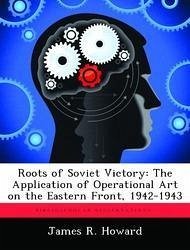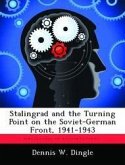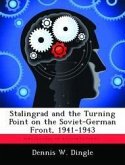This thesis considers the extent to which Soviet ascendancy over Germany by late 1943 can be attributed to a resurgence of operational art. Discussion begins with an overview of operational art and the development of the theory up to 1937. It explains the significant differences between Soviet and western terminology and discusses the writings of key Russian and Soviet theorists, as well as the opinions of contemporary historians. The thesis proceeds to examine two campaigns. First, the Soviet Winter 1942-43 offensives and German counteroffensives. This period saw the surrender of the German 6th Army at Stalingrad but ended in operational defeat for the Red Army. Turning to the campaigns of summer 1943 that began with Operation CITADEL, the thesis examines the struggle better known as the Battle of Kursk. This study includes the Soviet 1943 summer offensives and concludes in October 1943, by which time the Germans had suffered a significant operational and strategic defeat. The thesis analyses the extent to which the reemergence of operational art was responsible for the reversal in Soviet fortunes. It also discusses other factors that contributed to Soviet success and to German failures.








